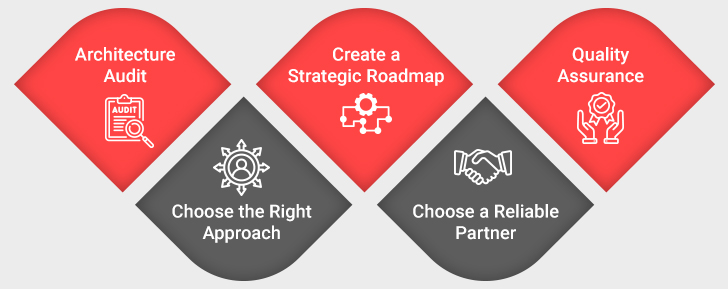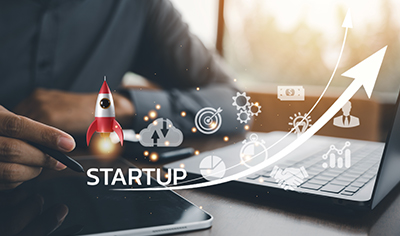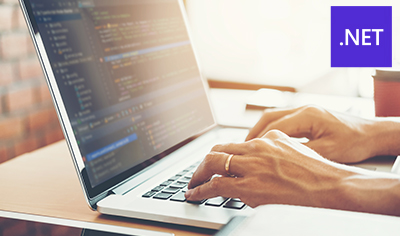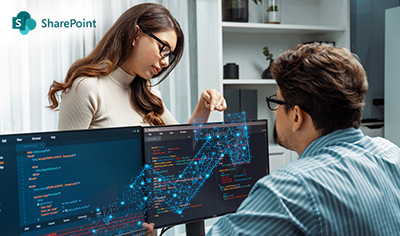
Five Simple Steps to Modernize Legacy Software Successfully
Legacy software is critical to the functioning of business processes but it also limits the enterprise’s ability to facilitate a digital-first user experience. Besides this, legacy software lacks the modern integration capabilities that the business world demands. Thus, it becomes crucial to consider modernization to improve the underlying functionality and performance of legacy software. Listed below are the steps that need to be followed religiously to ensure successful software modernization.
Step 1: Architecture Audit
The high-level audit of software’s architecture, functionality, and mission-critical components can be a great starting point. This helps in identifying bottlenecks that could impair software performance, scalability, security, usability, and future growth. When auditing the software architecture, don’t forget to consider soaring technical debt and high software maintenance costs that could derail entire modernization efforts. Listed below are some factors accountable for rising technical debt:- Ageing source code
- Outdated technology
- Outgrown software architecture
- Traditional development practices
The Growing Threat of Technical Debt
Step 2: Choose the Right Approach
When it comes to legacy software modernization, there are several different approaches available that are aimed at deriving value from legacy systems. Listed below are some popular approaches that enterprises can consider: Encapsulate – It is a low-risk modernization approach wherein experts break the monolithic architecture, encapsulate the application’s data and functions, and make them available by rebuilding those components into microservices through a new API. Rehosting (Lift and Shift) – In this modernization approach experts deploy application components to the Cloud or other physical or virtual environments without making any changes to the code, features, and functions. The lift and shift approach is fast, easy to implement, and ideal for businesses that are growing at a rapid pace. Replatforming – This modernization approach allows enterprises to migrate the application to a new platform by making minimal changes but not to the code structure, functions, and features. Refactoring – Refactoring involves restructuring and optimizing existing code to reduce technical debt and improve component features without making major changes to the code functionality. Re-architecting – In this approach, the application is moved to a new architecture by modifying the code significantly. Re-architecting allows the application to leverage all the modern programming and microservices. This, in turn, improves application agility and resilience and reduces the total cost of ownership. Rebuilding – Also known as redesign, rebuilding is rewriting the application components from scratch while keeping the scope or specifications unchanged. This is the most expensive software modernization approach since it involves a complete rebuild of the application components. Replacing – It involves eliminating legacy components and replacing them with a completely new application that meets modern business requirements.Step 3: Create a Strategic Roadmap
Without a technology roadmap in place, the software modernization efforts of businesses are likely to falter. Therefore, it is strongly recommended to create a strategic roadmap by defining business goals and objectives and breaking them down into smaller milestones while maintaining accountability and visibility across the entire modernization process. Besides this, it is also important to consider potential roadblocks that come along the way during software modernization so as to plan for those beforehand.Step 4: Choose a Reliable Partner
Legacy software modernization requires an expert who can break monolithic architectures into microservices to improve the application’s scalability, functionality, and performance. For the in-house team, it’s highly unlikely to modify the application components of a monolithic architecture. This is where the need for a software modernization company comes in. Partnering with a professional having proven capabilities in software modernization can help businesses accomplish a frictionless transition.Step 5: Quality Assurance
Once the software modernization begins, it’s strongly recommended to perform testing iteratively under varying loads and different usage scenarios to determine the application’s stability, resource consumption, work performance, and other quality facets. By doing so, it becomes easy to identify the system bottlenecks and determine that codes are working as intended.Legacy to the Cloud: A Winning Guide to Application Modernization





